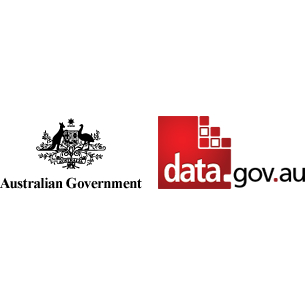Brief description
## **Abstract**This dataset and its metadata statement were supplied to the Bioregional Assessment Programme by a third party and are presented here as originally supplied.
"This image was taken from the report - The West Gippsland Salinity Management Plan - 2005 which addresses salinity in the West Gippsland region over a 5 year period. The plan details a package of management actions to reduce and prevent the effect of salinity on the region's assets. The plan also details a time frame for adoption, cost sharing arrangements and roles and responsibilities for implementation. The plan was an initiative of the West Gippsland Catchment Management Authority as part of its regional natural resource management program. This plan builds on and updates the existing Lake Wellington Catchment Salinity Management Plan (1993) and the draft South Gippsland Salinity Strategy (2000). The West Gippsland Salinity Management Plan was written by Sinclair Knight Merz on behalf of the West Gippsland CMA.
The image is from section 2.1 Salinisation caused by land clearing and irrigation and illustrates the interpreted watertable depth (2002).
http://vro.agriculture.vic.gov.au/dpi/vro/wgregn.nsf/pages/wg_lwm_wg_sal_mgt"
## **Purpose**
Extract from the report.
Depth to water table is a useful parameter for determining the areas either currently salinised or at risk of becoming salinised. Figure 5 shows the current depth to water table across the region compiled from observation bore data and topographic information. The reliability of the map is highly variable depending on the density of bore information (Figure 5 inset). The highest reliability occurs in the Macalister Irrigation District and surrounds where there are more than 300 observation bores monitored on a monthly basis. However, Salinity Management Areas such as Trafalgar have very few observation bores with a consequent low reliability of depth to water table mapping. Depth to water table is the primary factor in determining salinity risk, although there are other factors such as groundwater salinity, degree of flushing and rainfall. The depth to water table map corresponds well with the mapped saline areas.
## **Dataset History**
The West Gippsland Salinity Management Plan was written by Sinclair Knight Merz on behalf of the West Gippsland CMA.
http://vro.agriculture.vic.gov.au/dpi/vro/wgregn.nsf/pages/wg_lwm_wg_sal_mgt
## **Dataset Citation**
Victorian Department of Economic Development, Jobs, Transport and Resources (2005) WGSMP Chapter 2.1 image. Bioregional Assessment Source Dataset. Viewed 05 October 2018, http://data.bioregionalassessments.gov.au/dataset/20ea09a5-381f-4850-a681-ea376abb74d3.
Full description
WGSMP Chapter 2.1 image - Data FileSpatial Coverage And Location
text: POLYGON ((0 0, 0 0, 0 0, 0 0))
Subjects
User Contributed Tags
Login to tag this record with meaningful keywords to make it easier to discover
Identifiers
- Local : 20ea09a5-381f-4850-a681-ea376abb74d3
- URI : data.gov.au/data/dataset/9676f4aa-ca4b-4045-a568-0deefe2d5f6f



